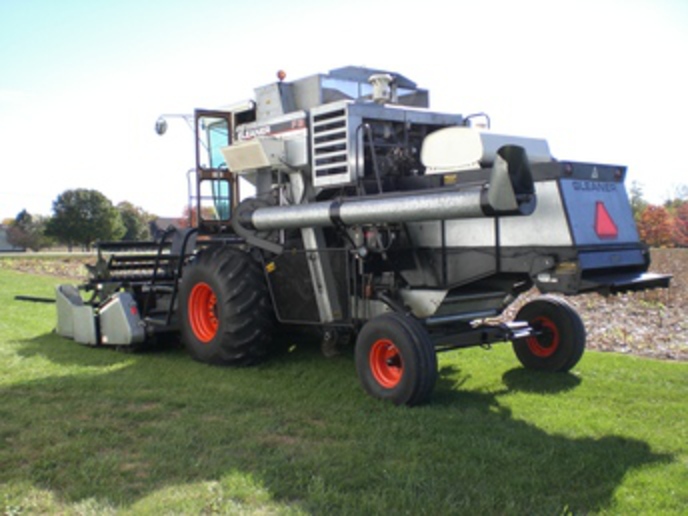Dave H (MI)
Well-known Member
Looking for a little advice. I have several tractors but never owned a combine. A Gleaner F3 is available locally and I have a need in the next year, and more so the following year, for a good older combine. This one is close enough to drive home, so no freight charge getting it across state. Tires are good except the right rear which is pretty bad but holding air. Cylinder on rear axle is dripping what looks like power steering fluid. Machine runs and has some pretty fresh looking corn in the works so I think it was used recently. Little mousey in the cab...OK, really mousey in the cab...droppings and smell. Less than 2800 hours. Anything I should look at that might be a problem area on these machines? It isn't REAL ugly but there are a few cosmetic issues. Any idea of value? Issues to look for? Has a grain head also that looked pretty clean. Any help or suggestions very much appreciated. Thanks!


